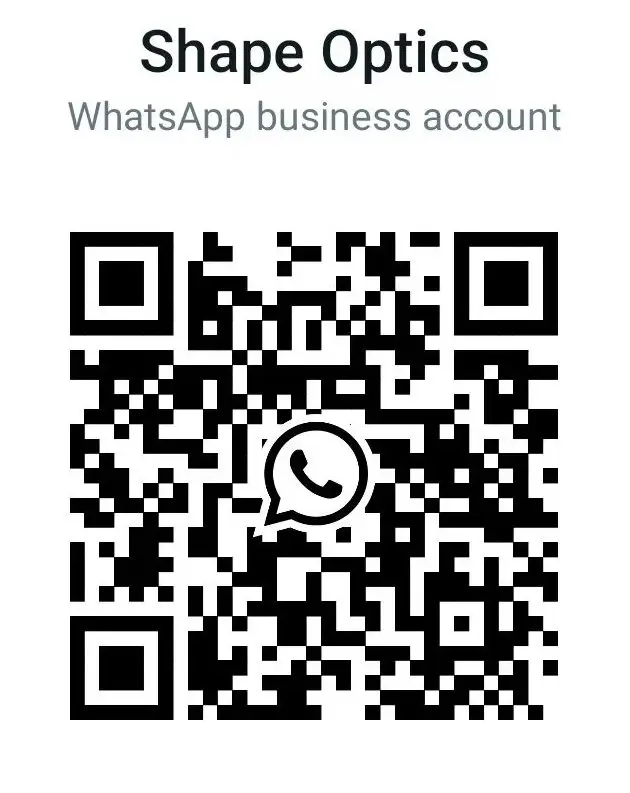Transmit/Receive Isolation is a critical component in LiDAR systems, particularly to prevent high-power backscattered laser radiation from damaging or blinding the receiver. One of the simplest methods to achieve isolation is to use a bistatic LiDAR configuration, where separate apertures are used for the transmitter and receiver.

For pulsed-cycle or low-duty cycle LiDAR systems, another approach to isolation is to turn off the receiver while the laser is being transmitted. This prevents the receiver from picking up any backscattered radiation from the transmission. However, for applications requiring continuous-wave (cw) or high-duty-cycle operation, this approach is insufficient, and a more robust method is required.
One of the most effective methods to achieve LiDAR isolation is through polarization. By transmitting a linearly polarized laser beam, a polarizing beamsplitter can isolate the transmitted laser power. A quarter-wave plate converts the linear polarization into circular polarization. When this circularly polarized light reflects off an object, its handedness reverses. The returned beam, now with the opposite circular polarization, is converted back into the opposite linear polarization by the quarter-wave plate and passed through the polarizing beamsplitter to the receiver. This method can achieve 40-45 dB of isolation, which translates to a rejection factor of 10,000 to 30,000.
This high level of isolation helps reduce backscatter, improving the performance of the LiDAR system. Most of the remaining backscatter originates from the quarter-wave plate or transmit telescope, but proper engineering design can minimize this effect.



